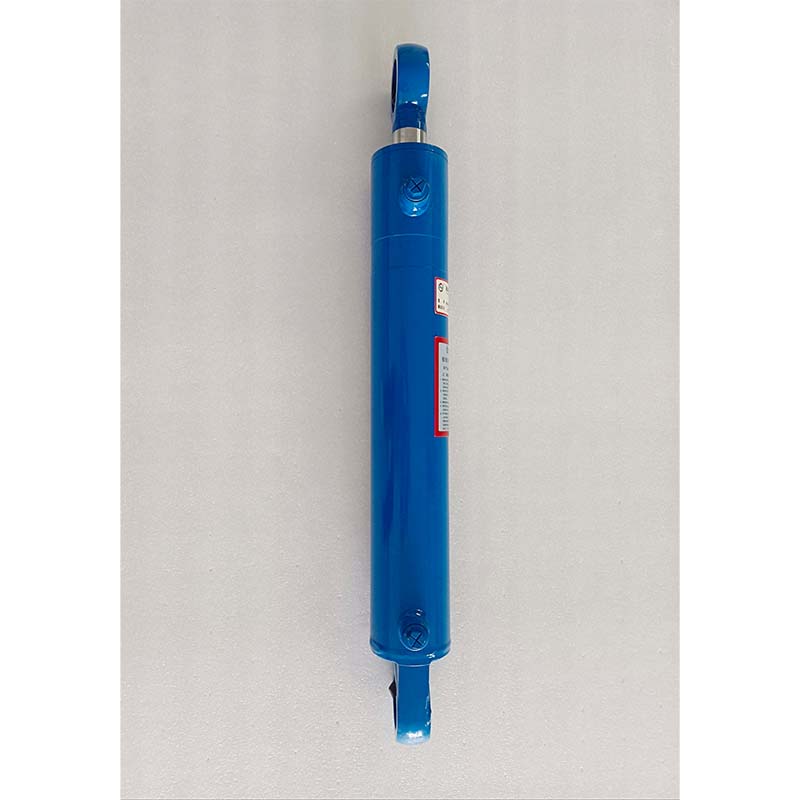Aug . 01, 2024 00:41 Back to list
Exploring the Features and Applications of Hydraulic and Pneumatic Cylinder Technologies for Industrial Use
Understanding Hydraulic and Pneumatic Cylinder Products
Hydraulic and pneumatic cylinders are essential components in various machinery and equipment, playing a crucial role in converting fluid power into mechanical motion. These cylinders are utilized in a myriad of applications, ranging from industrial machinery to automotive systems, all owing to their ability to deliver reliable force and motion control.
Hydraulic Cylinders
Hydraulic cylinders operate using the principles of hydraulics, where incompressible fluids are used to transmit power. When hydraulic fluid is pumped into the cylinder, it creates pressure that moves the piston, resulting in linear motion. This type of cylinder is particularly popular in heavy-duty applications where significant force is required, such as in construction equipment, manufacturing machinery, and any scenarios where lifting or moving heavy objects is necessary.
One of the main advantages of hydraulic cylinders is their ability to generate high force output in a compact form, making them ideal for applications with space constraints. They are also known for their durability and ability to function effectively in extreme conditions, such as high temperatures or harsh environments. With a range of bore sizes and stroke lengths available, hydraulic cylinders can be tailored to meet specific operational requirements.
Pneumatic Cylinders
On the other hand, pneumatic cylinders utilize compressed air or gas to produce motion. When air is injected into the cylinder, it pushes against the piston, resulting in movement. Pneumatic cylinders are commonly used in industries where quick and repetitive motions are essential, such as in automation and assembly lines, packaging machines, and even in automotive production.
hydraulic and pneumatic cylinder products

Pneumatic systems generally operate at lower pressures than hydraulic systems, yet they offer the benefits of speed and ease of control. One significant advantage of pneumatic cylinders is their ability to provide rapid motion, which can enhance productivity in operations that require swift, repetitive tasks. Furthermore, since air is compressible, the potential for shock absorption can be beneficial in applications where sudden stops might damage the equipment.
Comparison and Considerations
When choosing between hydraulic and pneumatic cylinders, several factors must be considered. Hydraulic systems typically provide greater force and are suited for lifting and heavy-load applications, while pneumatic systems excel in speed and are preferable for lighter loads and quick movements. Additionally, the choice may depend on the availability of resources, such as compressed air versus hydraulic fluid, as well as the specific dynamics of the operation.
Another important aspect is maintenance. Hydraulic systems may require more extensive upkeep due to the potential for leaks and the need for fluid management, while pneumatic systems often have simpler maintenance needs. However, both systems require regular inspections to ensure they operate efficiently and safely.
Conclusion
In summary, hydraulic and pneumatic cylinders are fundamental components in modern machinery, each offering unique advantages suited to different applications. Understanding the characteristics of these cylinders, such as their power source, force output, speed, and maintenance requirements, will help engineers and designers select the right system for their specific needs. As technology advances, we can expect to see even greater efficiencies and innovations within hydraulic and pneumatic cylinder products, further enhancing their role in the automation of various industries.
-
Fork Lift Power Units - Hebei Shenghan | Efficiency, Reliability
NewsJul.13,2025
-
1.5-Ton Turbocharged Cylinder-Hebei Shenghan|Hydraulic Solution,Energy Efficiency
NewsJul.13,2025
-
Auto Hoist Power Units-Hebei Shenghan|Efficiency&Industrial Lifting
NewsJul.13,2025
-
Double Acting Power Units-Hebei Shenghan|Hydraulic Solutions,Industrial Efficiency
NewsJul.13,2025
-
1.5 Ton Lifting Cylinder 70/82-40-290-535 - High-Performance Hydraulic Solution | Hebei Shenghan
NewsJul.13,2025
-
Fork Lift Power Units - Hebei Shenghan | Efficiency&Reliability
NewsJul.13,2025
